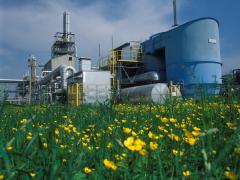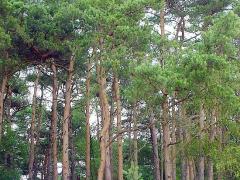BioScore 2.0, a species-by-species model to assess anthropogenic impacts on terrestrial biodiversity in Europe
The BioScore 2.0 model analyses impacts of human-induced pressures on European terrestrial biodiversity. The model can be used for scenario analysis and the assessment of policy options. This report provides a detailed description of the methodology and examples of the model’s application.
Model framework
The model is based on statistical relationships between environmental factors and the occurrence of 1320 species in Europe. BioScore 2.0 contains 4 taxonomic groups: mammals, vascular plants, breeding birds and butterflies. The model includes pressures, such as climate parameters, land use, nitrogen deposition, agricultural intensity, fragmentation and water stress.
BioScore 2.0 can be used to calculate the effect of future changes in pressures on both the probability of species occurrence and habitat quality, see for example the application in PBL’s Nature Outlook.
Improvements
The development of BioScore 1.0 resulted from a research project funded by EC DG Research and Technological Development, FP6. It was coordinated by the European Centre for Nature Conservation (ECNC) and executed by a consortium of 9 partners. PBL developed the improved version in cooperation with Wageningen University and Research and other partners.
Compared to BioScore 1.0, BioScore 2.0 is based on improved species monitoring data, derived from large databases and improved response relationships to describe species’ probability of occurrence in relation to the environmental factors of concern.
Authors
Specifications
- Publication title
- BioScore 2.0, a species-by-species model to assess anthropogenic impacts on terrestrial biodiversity in Europe
- Publication date
- 14 December 2016
- Publication type
- Publication
- Publication language
- English
- Product number
- 2501




